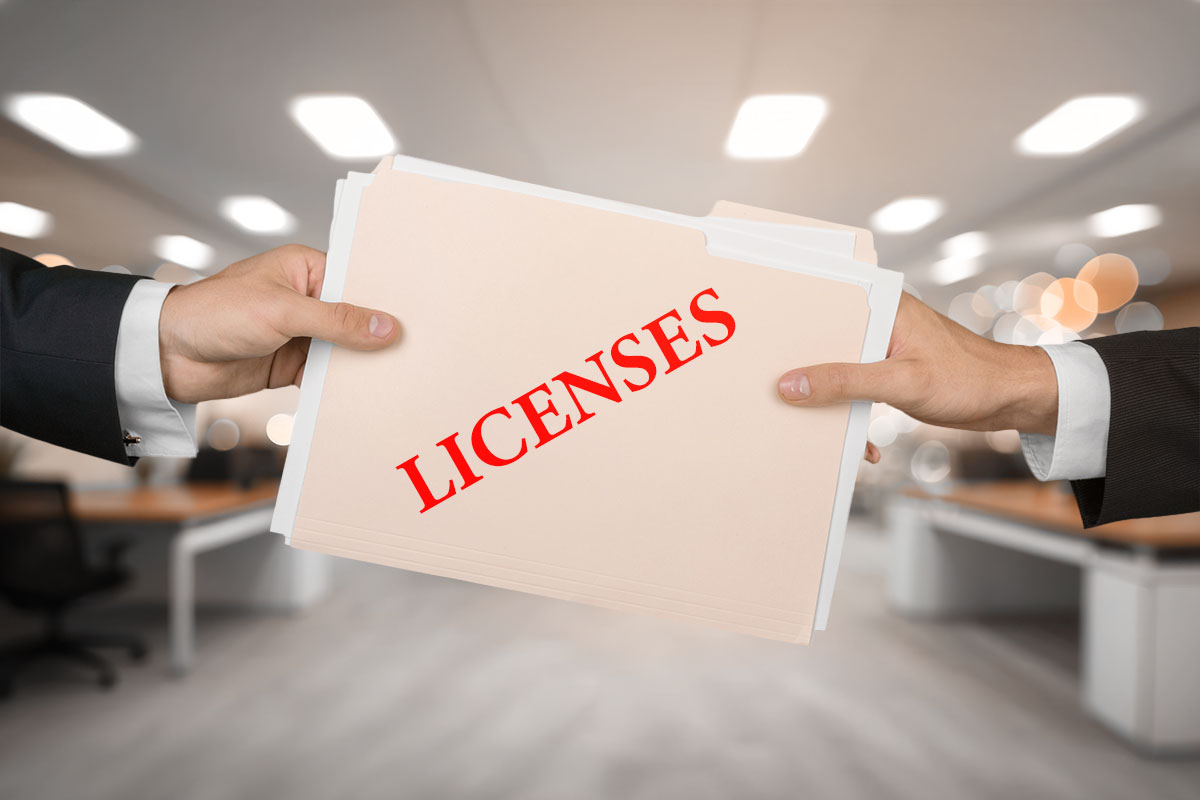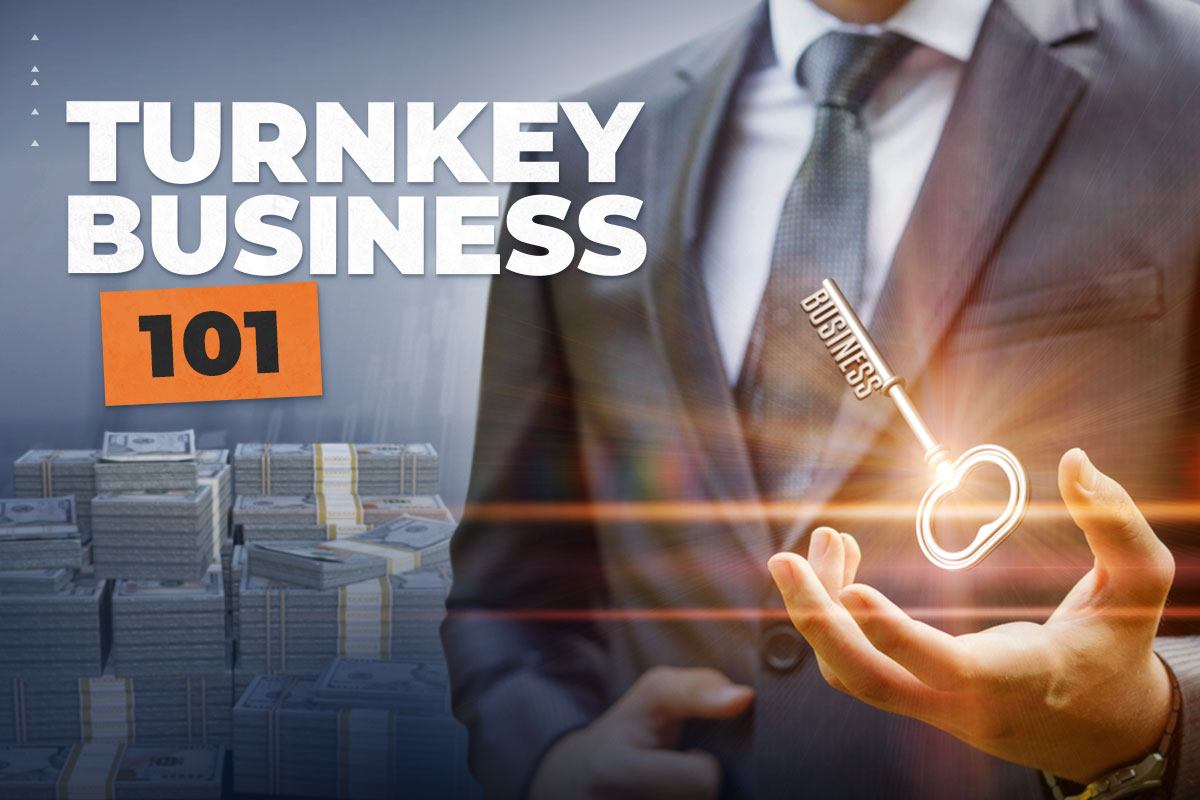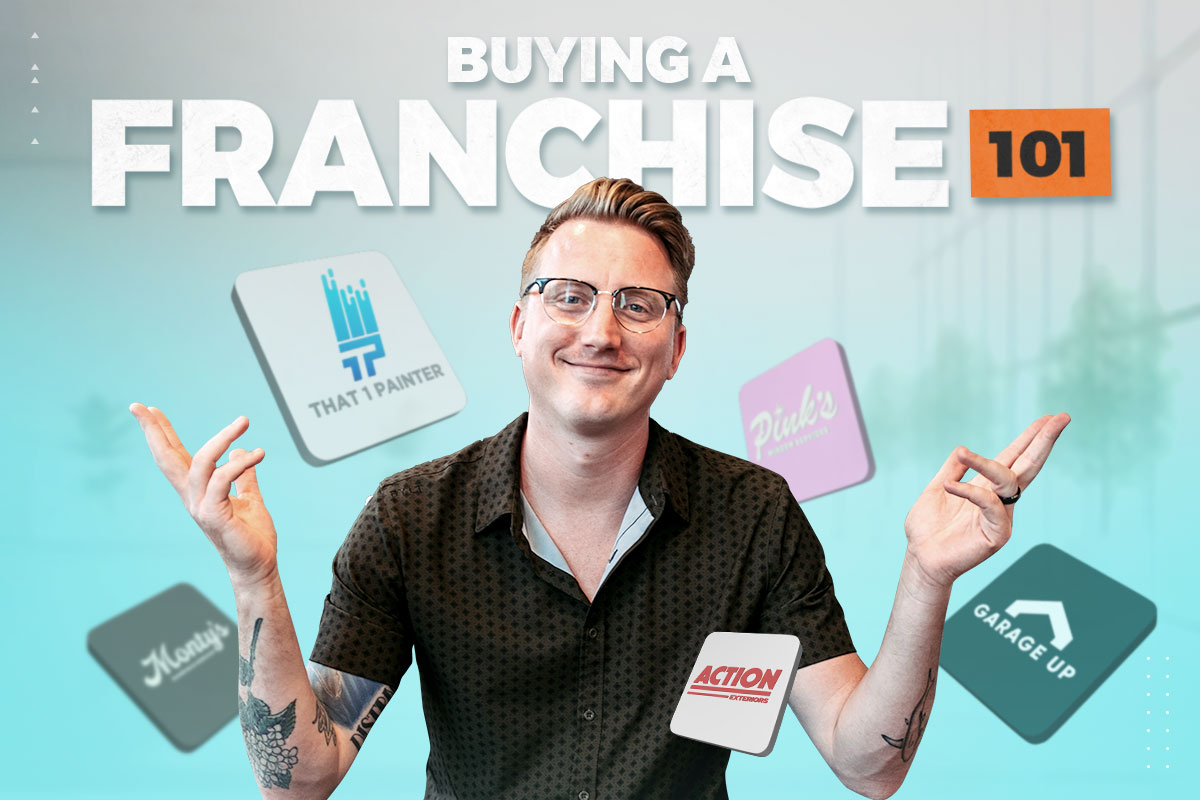Sports fans, rappers, and the fashion police agree a great pair of sneakers can be worth far more than the price the manufacturer suggested retail price.
The tremendous profit available might make you wonder how to open a shoe store.
A love of sneakers led Marcus Sharf to start a shoe store at the young age of 14. In just six years, he went from a freshman in high school running a side business to owning HŸP Miami and making more than $500K each month!
We’ll share his insights about how to start a shoe business, including startup costs and how to choose a physical location. We’ll also cover risks in the industry, different ways to sell shoes, and how to market your shoe store.
Continue reading or click on any of the links below to jump to the section that interests you:
Get ready to learn how to start a shoe business.
Learn About the Shoe Store Business

While you’re learning about how to start a shoe store, you should also research the global footwear market. You’ll need to know how much companies make as well as the profit margins, startup costs, and key market players.
How much do shoe stores make?
There are approximately 13,000 shoe store businesses in the United States with an average revenue of $4.8 million each. That means the shoe business market is worth over $62.2 billion annually with an expected growth rate of 1.2%.
Learn more about starting a shoe store and other great business ideas as part of the UpFlip Academy.
Are shoe stores profitable?

Yes, the shoe industry is profitable. The footwear market is part of the larger apparel industry. According to January 2024 data from NYU Stern School of Business, the apparel industry averages a 51.93% gross profit margin and 3.15% net profit margin.
How much does it cost to open a shoe store?
The average cost to open a shoe store can range from several hundred dollars for an online shoe retailer to $350K or more for retail stores with physical locations. Marcus told us:
Shoe Business Case Study: HŸP Miami
Marcus Sharf is 20 years old, but he’s already running a shoe store. He got his start when he was just 14 years old because his parents couldn’t afford to keep buying him the sneakers he wanted.
He decided to start buying and selling shoes. As he got older, he went from buying and reselling on eBay to buying and selling at a sneaker convention. From there, he opened his own shoe store and eventually started wholesaling.
Today, between his retail store and online store, he’s making more than $6 million in revenue. While he makes great money, he keeps reinvesting it into the shoe business. He explained:
Check out our interview with Marcus to learn more about how to start a shoe store:
How to Open a Shoe Store
Step #1. Do Market Research
The shoe industry is a major sector. It’s important to understand the market dynamics when you research how to start a sneaker business. The supply chain includes:
- Producers of raw materials: Companies create raw materials like cotton, leather, and rubber that are used to make shoes.
- Shoe manufacturers: Brands like Nike, Adidas, and Reebok design different shoe lines.
- Wholesale distributors: Distributors provide storage space and logistics support to move stock between manufacturers and shoe shops.
- Online platforms: Platforms like Amazon, eBay, and Etsy allow customers to buy and sell shoes online.
- Physical stores: Many retailers have a physical location people can visit to try on shoes before they buy.
- Conventions: Event promoters host footwear conventions to advertise the latest styles.
- Print-on-demand outlets: Companies like Printify and Printful let you focus on how to start a shoe brand without spending a lot of time on manufacturing. You design the shoes and they print the design when customers order a pair.
You’ll want to know who the major players are, what they offer, and how they market themselves. This will make it easier to identify how to make your own shoe brand stand out from the competition.
Step #2. Choose a Niche Market

Some of the common types of shoes include sports footwear, orthopedic shoes, dress shoes, women’s shoes, and shoes for kids. You’ll want to decide what type of shoes you want to sell and how you’ll sell them.
Marcus told us:
Reducing the size of your target market will help with inventory management and identifying your potential customers. When you look at the shoe market, your target audience can be dramatically reduced with some simple decisions:
• Number of people worldworld: 8.1 billion
• Number of people in U.S.: 342 million
• Number of adults in U.S.: 261 million
• Number of women in U.S.: 131 million
Reducing the target market from anyone with feet to women in the United States allows you to cut your target market by billions of people. From there, you may decide to narrow it down even more by focusing on an even smaller subset of customers. As you can imagine, this makes it far easier to perform market research on your potential customers.
You can use other demographics and interests to narrow your market even more. The more you narrow your market, the easier it will be to reach your customer base. That’s why many local businesses have much more success with online advertising than eCommerce stores.
Just make sure there’s a large enough customer base to make your business profitable. Based on the numbers above, as you expand from a local or national shoe company to an international shoe brand, your online shoe store could earn as much as 417 times more revenue.
Step #3. Select Your Business Model
In this step, you’ll need to choose the actual business model you’ll use. As we discussed earlier, shoe companies have numerous ways they can make money. Decide whether you’ll focus on online sales, retail sales, wholesaling, or other methods.
Then decide whether you’ll sell your own shoes or other brands. If you’re selling your own shoes, how will you manufacture and distribute them?
When selling other brands, who will be your suppliers? You’ll also need to decide on terms and where the shoes will be delivered. You may need an inventory management system to help you track everything as you scale.
Marcus talked a little about his inventory platform of choice.
Step #4. Write a Business Plan

You’ll need a business plan if you want to get a loan, but it’s also helpful to have as a reference. This way, you’ll be able to see all your goals listed on a single document.
A business plan doesn’t have to be complicated. At a minimum, your business plan should include what you do, why you do it, and your unique selling proposition (what makes your shoe store different).
Learn more about writing a business plan.
Next, let’s look at naming your shoe store.
Step #5. Choose Your Sneaker Business Name
Whether you’re opening an online storefront or a physical location, your sneaker shop will need a business name. There are two types of business names: the name of the legal entity and the “doing business as” (DBA) name.
These two names don’t have to be the same. Your legal name may be required to have LLC, Inc., or other terms in it to help people understand what type of a business it is. Your DBA name is the one your target customers will see.
Check out some of these cute business names.
Step #6. Pick a Location for Your Shoe Shop

If you want to have a physical location for your shoe store business, you’ll have to find a place to keep the shoes. This might be a retail space with a storage area, a warehouse you own, or a rented fulfillment center.
Marcus has purchased two business locations: a warehouse in Pennsylvania and a luxury shoe store in Miami.
Marcus explained the process in Pennsylvania:
He also discussed the process in Miami that cost him almost a million dollars:
Learn more about choosing a business location.
Step #7. Create Your Business Online

Your business structure will determine the exact legal requirements for operating a shoe shop or eCommerce business. This includes obtaining a business license, employer identification number (EIN), and insurance.
You may find it easiest to work with a legal consultant or lawyer during this stage. There are many considerations that will impact your business and personal assets.
Limited Liability Company, Corporation, or Sole Proprietorship
These are the three main business entities you’ll probably consider as you think about how to open a sneaker store. So which is best?
Sole proprietorships are low cost and easy to set up, but they treat you and the business as a single entity. All income is treated as personal income, and any business liabilities are your personal liabilities as well.
In limited liability companies, you and the business are considered separate entities in most scenarios. That means you’ll need an employer identification number from the Internal Revenue Service (IRS).
Meanwhile, corporations allow you to create shares, which you may want if you hope to attract investors. This business structure also treats your business as a separate entity with personal liability protection.
The exact process to establish a business entity will vary by state. The Secretary of State’s office is usually a good place to start.
Business License

State and local governments may have business licenses you are required to have.The easiest way to find out what you need is to contact either the Small Business Administration or your local government’s business office.
Tax ID
Most locations will require shoe stores to pay income tax, sales tax, or both. Make sure you get the Tax IDs you need to comply and pay all taxes based on legal requirements.
For an online business, each state has its own requirements for which businesses need to pay sales tax. As a general rule, it’s making $100K in sales, but there may be other requirements like having 200 customers, according to the Sales Tax Institute.
Business Insurance

There are different types of insurance to protect against incidents that happen when running a business. You’ll need at least general liability insurance, but you might also want property insurance.
Additionally, workers’ compensation and unemployment insurance are normally required by law if you have employees.
Step #8. Get a Business Bank Account
You’ll need a business bank account to keep your business funds from your shoe shop separate from your personal assets. Many people go with the major legacy banks, but building relationships with local banks can be beneficial long term.
Learn more about opening a business bank account.
Step #9. Create Your Online Store

Successful shoe stores usually have a website regardless of whether they are strictly an online shoe store, wholesaler, or retail storefront. A website makes it easy for new customers to learn more about your shoe shop.
When doing business online, there are some unique things you can do as part of your marketing strategy to help your shoe store open more successfully.
You’ll want to use an analytics software to measure traffic. This requires a cookie policy to explain how you use the information. Cookies are just lines of code that track the steps people take to get to and from your website.
You might also use a pricing strategy like HŸP Miami where you offer 50% off the first order. This is an easy way to collect customer data to help market your shoe shop.
Learn more about building a website.
Step #10. Get Initial Inventory
You might be wondering how to get inventory for your shoe store. Marcus shared several ways to get inventory depending on your circumstances:
- Preorders: Take orders before you have the products so that you can secure more. This is a great way if you have trust but not the funds to pay for big orders upfront.
- Credit lines: You can get the shoes first and pay later if you have a business line of credit.
- Buy and resell before you receive: When Marcus first got started, one of the ways he would sell shoes was to buy them, post the proof of purchase, and then resell them. That way, as soon as the shoes came in, he could send them right out again.
In addition to buying from suppliers or other vendors, you should also consider in-person events like conventions. These are some of the best ways to find in-demand shoes.
Marcus explained that cash is king and described his first time buying at a convention:
For some shoes, you might have to be creative.
Step #11. Market Your Footwear Business

When you think about how to start selling shoes, one of the critical business steps is marketing your shoe company.
Some of the marketing strategies that Marcus uses include:
- A levitating shoe wall
- Recording everything he does
- Networking at conventions
- Getting reviews on social media
Levitating Shoe Wall
One of the things that really makes HŸP Miami stand out is the way they display their shoes. The lower-price shoes look like they are levitating, while the high-end shoes spin around where you can see all the shoes.
It’s a really cool effect that you can see in the video below:
When we asked Marcus about the most expensive shoes they have, he told us:
Record Everything You Do
Marcus’s top suggestion about how to open a store is to record everything.
But he also warned that your marketing plan doesn’t need to start with that kind of a budget:
Recording all the time can be highly beneficial, especially when you own a shoe store. You might catch a conversation with a famous athlete or rapper and instantly attract more business.
Network at Conventions
Networking at conventions helps you develop industry contacts and can save you money over the long run. In addition to finding potential suppliers, you might find customers or people who want to sell your shoe brand.
Get Reviews on Social Media

Like every business, you should think about getting reviews while considering how to open a shoe store. Marcus has a unique method:
Prepare for the High Retail Months
Considering how to start shoe business operations means you’ll need to anticipate seasonal fluctuations.
According to Statista, 30.4% of apparel sales occur during these months.
How to Open a Shoe Store with No Money

You can start a sneaker store without money. You just need to get a little creative.
Learn More About Starting a Shoe Company
We’ve interviewed multiple business owners about how to start a shoe company. Check out some of our other content:
- How to resell shoes: Learn about reselling shoes from the owner of Sneak City.
- How to start a shoe line: Learn to design shoe lines with the owner of Fuchsia Shoes.
- Video interviews: Check out our full playlist of apparel business interviews.
Conclusion
You should now have a stronger understanding of how to open up a shoe store. During this blog, you’ve learned about how much it costs to open a shoe store, the different types of shoe businesses, and the steps to open a shoe store.
We’ve also included tips from Marcus Sharf, the founder of HŸP Miami. He turned a side hustle selling shoes into a multi-million-dollar wholesale and retail shoe business.
Have you opened a shoe store before? What was your experience?





